These days, I join tens of thousands, if not millions of parents around the world as we facilitate our children’s homeschooling.
For the sake of full disclosure, I love math. There was even a time in my past life where I fancied being a mathematician and spent my first two university years going down that rabbit hole. So working through problems and showing my son the cool things math lets us figure out—like how many different training sessions you can plan using 10 exercises—is a welcome distraction from the many other, less stimulating subjects (for me at least).
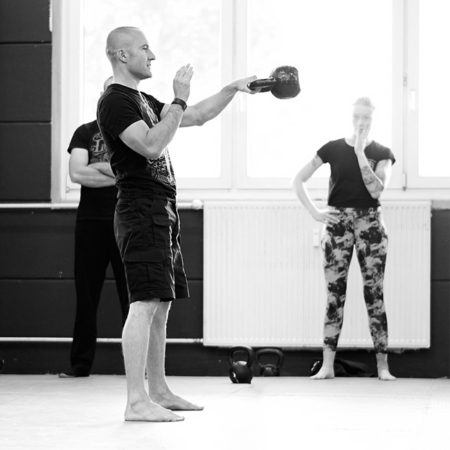
StrongFirst Kettlebell Course and Kettlebell Fundamentals Online
At StrongFirst, our approach to training goes “an inch wide and a mile deep.” To those who don’t yet understand the power of developing skill mastery, a curriculum focused on four principal skills—the swing, press, goblet squat, and get-up—can sound too simple. Even the “only” six foundational skills in our SFG kettlebell instructor certification have been chided by outsiders who profess covering dozens of exercises in less time. But we know: simple—like media headlines—can be very deceptive.
Getting back to the course, I’ve stated the case for four principal skills. But what’s not always so apparent is that each of these is built on a foundation of other skills. Without those, the principal skills suffer.
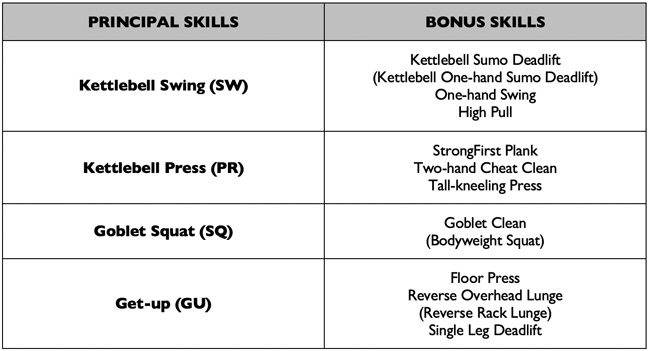
For simplicity, I’ll round down: you learn to master the techniques of 10 kettlebell skills during the course.
But exercise variations are only the tip of the possibility iceberg. We can manipulate our training “load” with many other variables: the type of practice you do (skill based, strength development, conditioning, etc.), the style (straight sets, supersets, circuits, chains, etc.), intensity (as the % of your 1TRM—technical rep maximum), volume (the number of lifts), and density (how much work gets done in a given time which has a lot to do with recovery between sets and rounds).
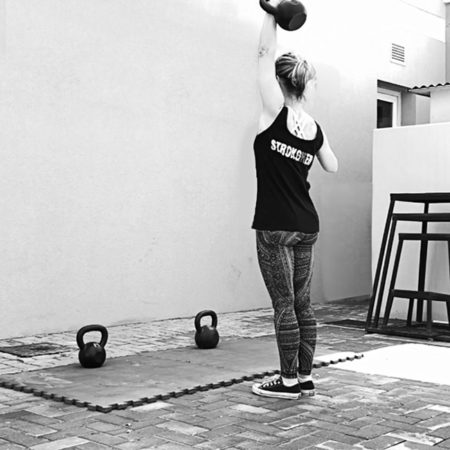
Enter the Math
Combinations and permutations are a part of mathematics called combinatorics. They are what help you figure out the number of possible outcomes given a particular array of items and a specific set of rules: mainly whether the order matters and if duplicates are allowed. Factorials—responsible for that cool “!” character on your calculator—are what they are built with. Before we get to just how cool that is, let’s first look at a simple, yet very relevant, example: our four principal kettlebell skills. How many different ways could you mix them up?
- 1 SKILL = SW, PR, SQ, GU = 4 ways (one for each skill)
- 2 SKILLS = SW+PR, SW+SQ, SW+GU, PR+SQ, PR+GU, SQ+GU = 6
- 3 SKILLS = SW+PR+SQ, SW+PR+GU, SW+SQ+GU, PR+SQ+GU = 4
- 4 SKILLS = SW+PR+SQ+GU = 1
Four fundamental skills produce 15 possible exercise combinations. But wait. This assumes that the order of exercises doesn’t matter and that repeating the same exercise isn’t allowed. Ask my student Anna if: “SQ+PR is the same as PR+SQ” and she’d answer a resounding “No!”
Just taking order into account (and still not allowing repetition), we go from 15 possible combinations to 64 possible permutations (4 + 12 + 24 + 24).
- 1 SKILL = SW, PR, SQ, GU = 4 options
- 2 SKILLS = 12 options
- 3 SKILLS = 24 options
- 4 SKILLS = 24 options
What the “!”?
That’s the mathematical symbol (and calculator tool) for a factorial which is how we get these combinations and permutations. For example: How many ways can we order our four training skills? We have four options for the first skill. Then for the second one, three skills are left. We have two skills to select from next and, finally, there’s only one option left. This represents 4x3x2x1 or 4! = 24. For three skills = 4x3x2 = 24. Two skills 4×3 = 12. One skill out of four, 4. Sum them up and you get your 64 options. Doesn’t look so hard when you have a set of 4…but you’ll be happy for the calculator function when you get upwards of 10.
Remember those additional training variables we talked about earlier? Let’s limit ourselves to two—intensity and volume—with only three options for each.
- Intensity = 70% 1TRM, 80% 1TRM, 90% 1TRM (or simply three kettlebells that you have at home)
- Volume = High, Medium, Low (for example: repetitions for ballistics/grinds—150/25, 100/20, 70/12)
Since we find much success in decoupling intensity and volume, the possibilities are as follows:
- 70%+H, 70%+M, 70%+L
- 80%+H, 80%+M, 80%+L
- 90%+H, 90%+M, 90%+L
- Total = 9
And the wonderful world of math unveils that when you mix four exercise options with three intensity plus three volume options, your training session possibilities increase to 135 (15 x 9) if you don’t care about the order and 576 (64 x 9) if you do. I’ve also had to make several other assumptions here that downplay your options—that you are using the same intensity + volume for all skills in a session, that you aren’t doing anything fancy like adding combos and chains to the mix, and that you aren’t repeating any skills in a session.
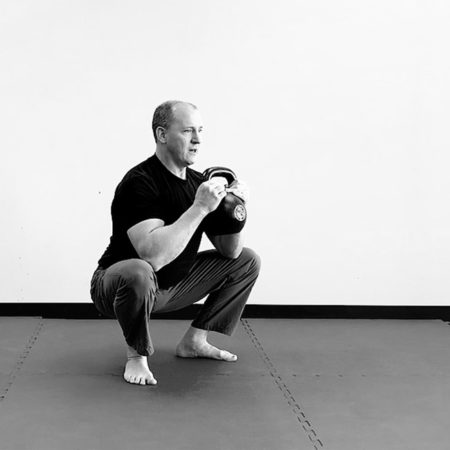
10 Kettlebell Skills: Possibilities Aplenty
If you’re still not convinced that there isn’t enough possible “variety” from over eighteen months of different daily training sessions (576 / 365 = 1.57) from four fundamental kettlebell skills, let’s revisit the math for 10 of the skills taught in the course.

Given that so many people have been driven indoors, and being “forced” to make do with the options that they have, limited as they may be, I hope you can see the vast possibilities that going a mile deep with “only” four exercises can bring you. Hopefully, you’ll never need the 234,000 years of training sessions.
But just in case… you are prepared.
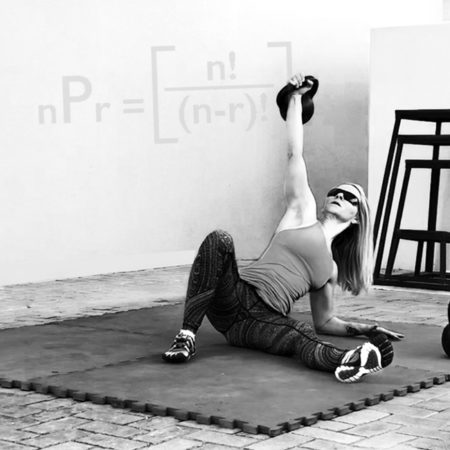
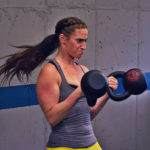




And this is why I tried to simplify things down to 6 -8 exercises (or less)… Because it’s more than enough for a lifetime. Thanks for this fun nerdy article, I enjoyed it.
Exactly. Deeping your skill with a select few exercises goes a long way. That we can add a few “dessert” moves into the mix for specialized variety just amplifies the numbers. It was a fun—and totally geeky—analysis to do. And my son has a great appreciation for permutations.
This is an amazing article and really gets you thinking. Loved it.
Thank you Malcolm. I really enjoyed writing it.
I guess you’re saying that with a few kettle bells, a quarantine, and a million combinations, I will never perform all possible permutations. But isn’t that going over-bored? 😀
Hahaha
Hello Jessica,
Did you mean overboard or over-bored? I certainly didn’t suggest that a person could do them all…or even should. But it was fun to “prove” that it doesn’t take a full gym of equipment to have options, quarantine or not. Whether a person gets bored or not by training deep skill mastery is more a question of personality. To me, results aren’t boring—so I’m always motivated to train.
Just bought my first kettle bell. Looking for a routine to get started.
Good for you Robert,
Before you look for a routine, it’s best to learn the skills. StrongFirst has a good online course and they also have many certified instructors that offer online training. Alternatively, you can get a copy of Kettlebell Simple & Sinister for a very effective plan.